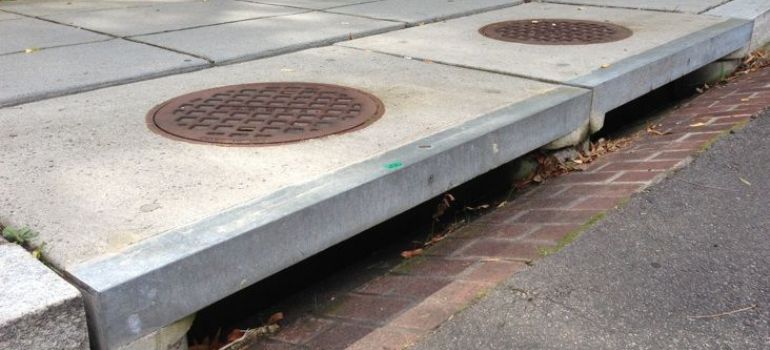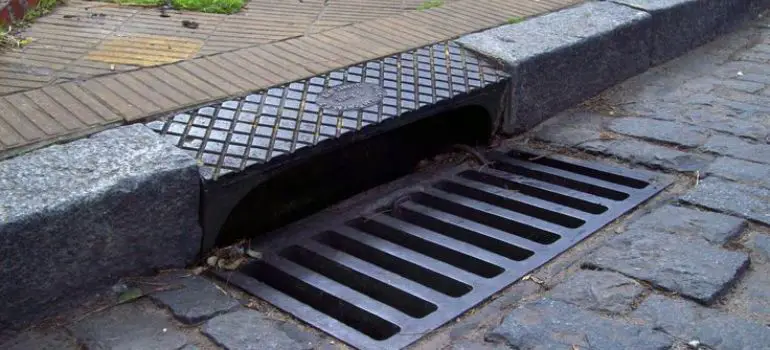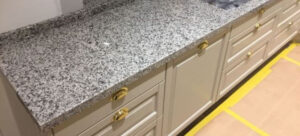Overflow holes in a drain play a crucial role in preventing water damage in your home. They ensure that excess water doesn’t flood your bathroom or kitchen by providing an escape route. However, these holes can sometimes become a source of frustration when they start leaking or causing unpleasant odors. In this article, we’ll guide you on how to seal overflow holes in a drain effectively. Let’s dive in!
Understanding the Overflow Holes
Before we proceed with the sealing process, it’s essential to understand how overflow holes work. Overflow holes are typically found in sinks and bathtubs, just below the faucet. Their primary function is to prevent overflowing water from spilling onto your floors and countertops.
Identifying the Problem
The first step in addressing overflow hole issues is identifying the problem. Some common signs of a leaky overflow hole include water stains, mold growth, and foul odors emanating from the drain. If you notice any of these signs, it’s time to take action.
Tools and Materials
To successfully seal the overflow holes, gather the following tools and materials:
Tools:
- Screwdriver
- Plumber’s putty
- Silicone caulk
- Utility knife
Materials:
- Rag or cloth
- Rubbing alcohol
Step-by-Step Guide to Seal Overflow Holes in a Drain
Step 1: Prepare the Area
Start by turning off the water supply to the sink or bathtub. This will prevent any unwanted water flow during the sealing process.
Step 2: Remove the Drain Stopper
Removing the drain stopper is a crucial step in gaining access to the overflow hole for sealing. Follow these steps to safely and effectively remove the drain stopper:
Clear the Sink or Bathtub:
Before you begin, ensure that the sink or bathtub is free from any debris or objects that may obstruct your access to the drain stopper.
Locate the Stopper:
Identify the location of the drain stopper in your sink or bathtub. It is usually situated inside the drain, just below the faucet.
Lift or Twist the Stopper:
There are different types of drain stoppers, and the method for removing them may vary. Here are some common types and how to remove them:
- Lift-and-Turn Stopper: This type can usually be removed by grasping the knob or top of the stopper and turning it counterclockwise. Once it’s loose, lift it out of the drain.
- Push-and-Pull Stopper: For this type, you may need to simply lift the stopper and pull it out of the drain.
- Pop-Up Stopper: Pop-up stoppers are often removed by accessing the pivot rod beneath the sink. Locate the pivot rod and unscrew the nut holding it in place. Once the rod is free, you can remove the stopper from the drain.
- Toe-Touch or Flip-It Stopper: These stoppers are usually removed by twisting them counterclockwise until they release from the drain.
- Screw-In Stopper: If your drain stopper has a screw on top, use a screwdriver to loosen it counterclockwise until you can lift the stopper out.
Clean the Stopper:
Once you’ve removed the stopper, take a moment to clean it thoroughly. Use a brush or cloth and a mild bathroom cleaner to remove any soap scum or debris that may have accumulated on it.
Step 3: Clean the Overflow Hole

Take a rag or cloth and dip it in rubbing alcohol. Use this to thoroughly clean the overflow hole and the area surrounding it. This will ensure proper adhesion of the sealing materials.
Step 4: Apply Plumber’s Putty
Take a small amount of plumber’s putty and roll it into a thin rope. Press the putty into the overflow hole to create a seal. Make sure it completely covers the hole and is smooth on the surface.
Step 5: Apply Silicone Caulk
Next, apply a bead of silicone caulk around the overflow hole. Use a utility knife to smooth the caulk evenly. This will provide an additional layer of protection against leaks.
Step 6: Reassemble the Drain Stopper
Once the putty and caulk have set, reassemble the drain stopper by screwing it back into place.
Step 7: Test the Seal
Turn on the water supply and let the sink or bathtub fill up. Check for any leaks around the overflow hole. If there are no leaks, your sealing job is successful!
Additional Tips for Maintenance
To ensure the longevity of your sealed overflow holes and prevent any future issues, consider the following maintenance tips:
Regular Cleaning:
Periodically clean the overflow holes and surrounding areas with a mild bathroom cleaner and a soft brush. This will help prevent the buildup of soap scum, debris, and mold that can compromise the seal over time.
Check for Cracks:
Inspect the silicone caulk and plumber’s putty for any cracks or signs of deterioration. If you notice any damage, it’s essential to reseal the overflow hole promptly to maintain its effectiveness.
Address Slow Drainage:
If you experience slow drainage in your sink or bathtub, it could be a sign of clogs in the overflow holes. Use a plumbing snake or a bent wire hanger to clear any blockages.
Maintain Proper Ventilation:
Adequate ventilation in your bathroom can help reduce moisture levels and minimize the chances of mold growth and odors originating from the overflow holes.
Monitor Water Pressure:
Excessive water pressure can put stress on the seals around the overflow holes. Consider installing a pressure regulator if you notice unusually high water pressure in your plumbing system.
Conclusion
Sealing overflow holes in a drain is a simple yet effective way to prevent water damage and unpleasant odors in your home. By following the steps outlined in this guide, you can easily tackle this DIY project. Remember to take your time, and if you encounter any difficulties, don’t hesitate to seek professional help.
FAQs
It’s a good practice to check and reseal your overflow holes annually to ensure they remain watertight.
It’s recommended to use silicone caulk for sealing overflow holes, as it provides a durable and waterproof seal.
If the overflow hole continues to leak, it may be a sign of a more significant plumbing issue. It’s best to consult a professional plumber for a thorough inspection.
Yes, removing the drain stopper is essential to access the overflow hole and ensure a proper seal.
Plumber’s putty is recommended for sealing overflow holes as it provides a better seal. Plumber’s tape may not be as effective in this specific application.



